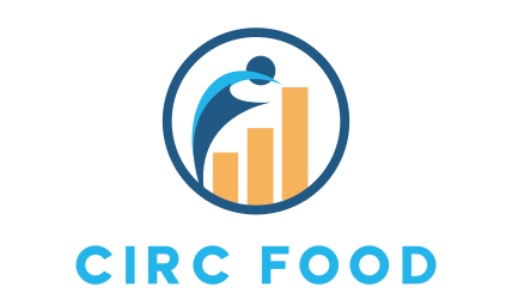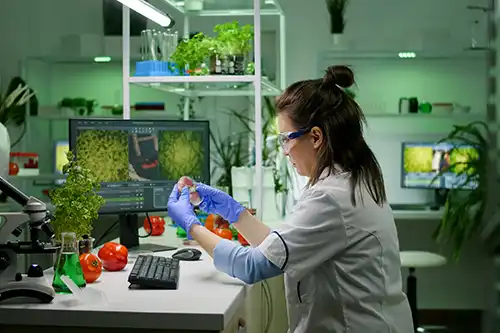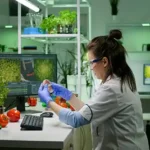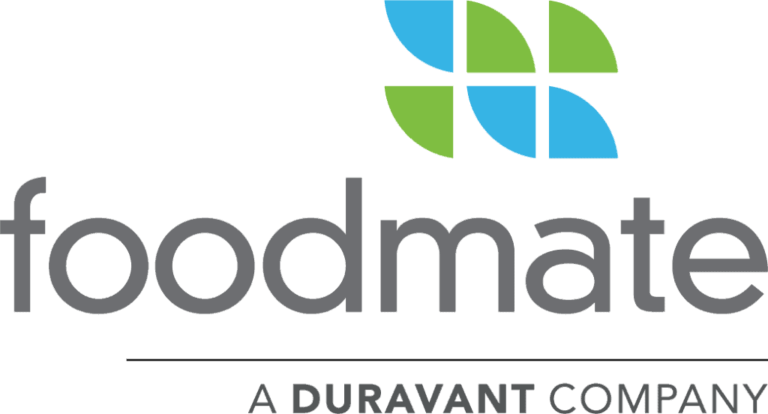Global food processing and packaging face many challenges, not least of which are the ever-evolving taste of consumers and finding the right balance between sustainability and a healthy bottom line. Embracing innovation and being resilient are the key strengths for continued success. More than reacting to consumer demand is required; companies must find ways to stand out in this competitive market. Implementing the latest technology and efficient food processing equipment can give you an edge in ensuring food safety and quality.
Tackling worldwide challenges will likely require robust risk management, the use of technology, especially automation, andadopting sustainable processesand packaging. But it’s important to note that going green is not just a passing trend; it’s a smart move for businesses and consumers. Embracing sustainable practices and improving energy efficiency benefits the environment while appealing to modern consumers.According to research, consumers actively seek brands with sustainable credentials, and 78% of them are in favor of making more sustainable lifestyle choices.
Understanding Global Market Demands for Processed Foods
Global market demands for processed foods have been driven mainly by changing consumer preferences, which in turn have been driven by various health trends, green issues, and other cultural influences. Food manufacturers should anticipate market trends by conducting market research to meet theseevolving demandsand then adapt their products and associated processes accordingly. This adaptation can involve adopting new technology to develop products to cater to specific dietary requirements and recyclable or compostable packaging to satisfy the growing awareness of environmental issues.
Businesses must monitor the pulse of global market demands and continuously adapt their product offerings and supply chain strategies as consumers’ tastes and needs evolve. In addition to meeting regulatory standards, companies need to create innovative solutions and fresh ideas that stand out in a crowded market. Understanding what consumers are craving allows businesses to develop and market products that fly off the shelves. Being a trendsetter and early adopter is likely to be the recipe for global success in the processed food marketplace.
The Role of Technology in Enhancing Food Safety and Quality
Using the latest technology is crucial for boosting food safety and quality to stay competitive in the fast-paced world of processed foods. Several new technologies are already having an impact and are likely to play an even more significant role shortly, such as:
- Real-time monitoring systems use advanced sensors and IoT tech to constantly monitor factors such as temperature, humidity, and microorganism growth.
- Blockchain will track food products from start to finish, reducing fraud and keeping supply transparent.
- AI-powered automated quality control uses machine learning to maintain consistent quality standards.
- Predictive analytics is used to foresee and tackle potential risks and problems with proactive strategies.
- Robotic automation to cut down on human error in food processing and packaging facilities, ensuring top-notch quality control and improved safety.
Sustainable Practices in Food Processing and Packaging
Embracing green practices and monitoring the carbon footprint helps the environment, keeps customers happy, and improves the long-term bottom line. Reducing waste, saving energy, using compostable or recyclable packaging materials, and streamlining the supply chain are kind to our planet and help to keep costs in check. Modern consumers are increasingly looking for sustainable products. By adopting sustainable food processing and packaging practices, companies can enhance their brand and attract environmentally conscious consumers. In addition, governments around the world are already enacting or planning regulations to promote sustainability and reduce waste.
Adapting processes and packages to comply with these regulations avoids fines and penalties. According to the UN, the world is seriously behind the target of halvingper capita food waste and lossesat the retail and consumer levels and losses within production and supply chains by 2030. One of the biggest challenges facing the food packaging industry is moving from plastic tocompostable or recyclable packaging materials. Global plastic production has grown from 2.1 million tons in 1950 to over 400 million tons today, and almost half of thisplastic is used only once and then discarded in landfills, incinerated, or ends up as pollution through leakage into the environment.
Conclusion: Building Resilience in the Food Sector for Global Challenges
To bolster the food sector against the global challenges of food safety and sustainability, strategic planning and innovative approaches to processing and packaging are essential to build resilience. Adapting to regulations and consumer-driven market trends is crucial to success and efficiency in the supply chain. Robust risk management strategies are vital to tackle future uncertainties. Building resilience in the food sector to meet global challenges requires a multifaceted approach; strategies to consider include:
- Diversifying food sources to reduce reliance on a single food source.
- Investing in better storage facilities, transportation networks, and irrigation systems.
- Promoting sustainable agriculture practices and small-scale farmers.
- Investing in technologies and practices that increase productivity and reduce waste.
- Fostering collaboration among stakeholders in the food sector to share knowledge and resources.















